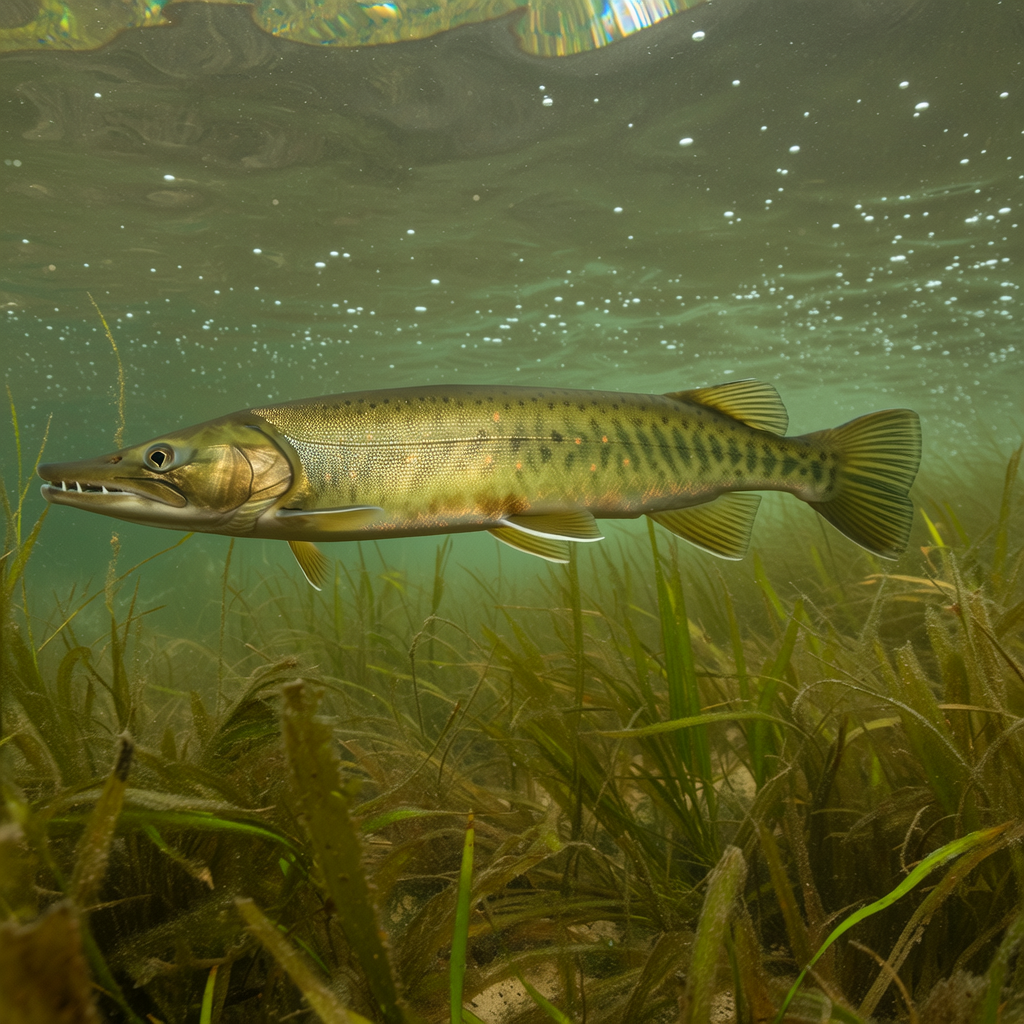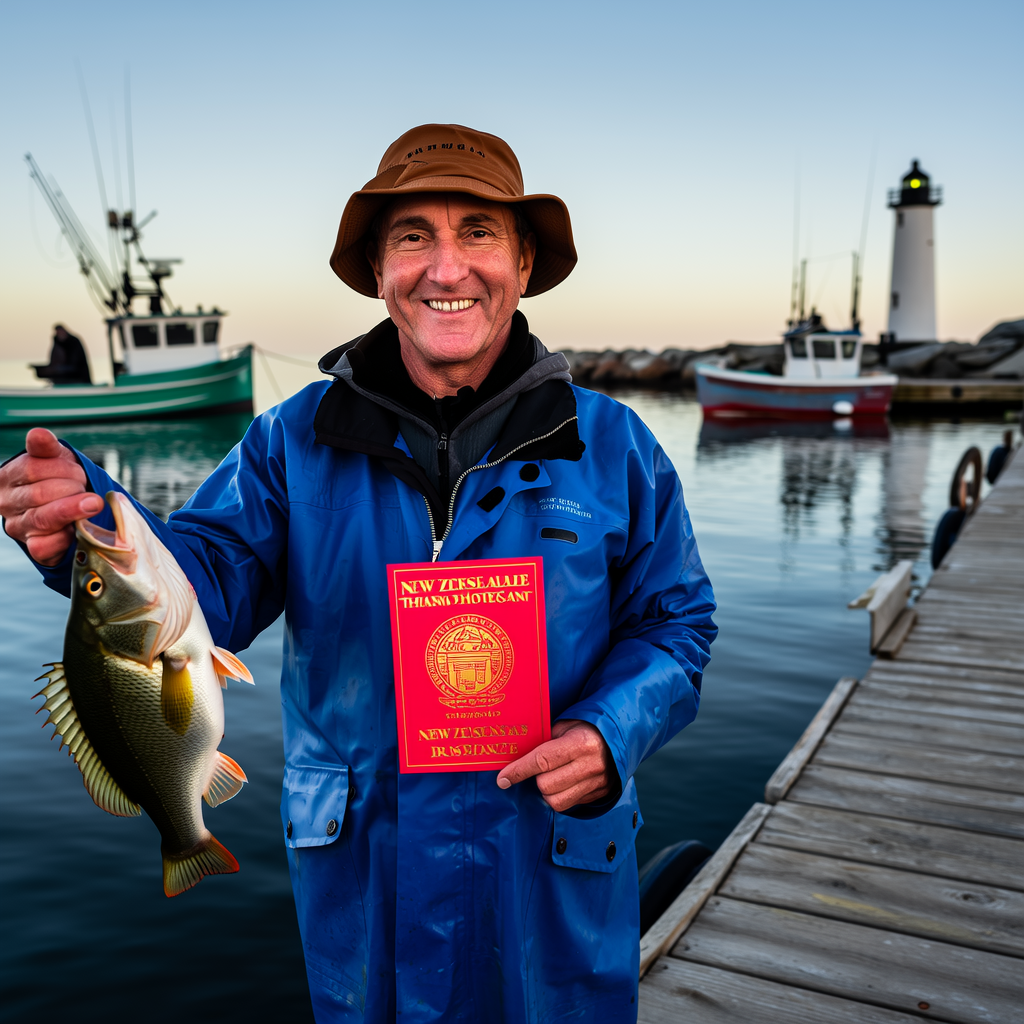The grass carp (Ctenopharyngodonidella) is a species native to East Asia. They are the only fish species in their genus and belong to the minnow family. The ability of grass carp to consume large amounts plant material has led to the introduction of this species in many other parts of world.
The Basics of Grass carp
The grass carp is a large silvery fish. It can grow to be up to four feet long and weigh over 90 pounds. They have a wide, lateralized body and a large, terminally-opened mouth. Their scales are rough and large, and their fins look like paddles. Grass Carp are herbivores, eating mainly aquatic plants. They will also eat algae and small invertebrates such as snails and insects. They are fast swimmers, capable of speeds up to 35 miles an hour.
The History of Grass Carp
In the 1960s, grass carp was first introduced to the United States as a way to control aquatic weeds on man-made lakes. Since then, grass carp have been introduced to many other countries, including Australia, New Zealand and Europe. They have been effective in controlling aquatic vegetation but have also had a negative effect on native aquatic eco-systems. They can outcompete native species of fish for food and habitat and have the potential to bring new diseases and parasites.
The Benefits of Grass Carp
Grass carp have some positive effects, despite their negative impact on native ecosystems. Anglers enjoy the challenge of catching a fish that is so large and powerful. In many parts of Asia, grass carp is a major food source. They are also used to control aquatic weeds in aquaculture operations, as they are a more environmentally friendly and effective alternative to chemical herbicides.
Grass Carp Habitat
Grass Carp can be found in many freshwater habitats including rivers, lakes and ponds. They prefer still or slow-moving water with abundant vegetation. However, they can be found in deeper and faster-moving water. They do not live in brackish water or saltwater. The grass carp is not native to North America but has become established in several areas, especially in the southeast states.
Breeding Grass Carp
The grass carp is a species that can produce a large number of offspring. They spawn during the spring and early summer when water temperatures are between 20 and 25 degrees Celsius. The females lay their eggs shallow in the water and they hatch within a week. In most parts of the globe, grass carp is not considered an invasive species. However, fisheries managers closely monitor them to ensure they don’t become a problem.
Feeding Behavior of Grass Carp
The grass carp is known for its voracious appetite for aquatic plants. They can consume up three times their weight in plant matter each day. They feed primarily submerged and emerging aquatic plants but will also eat algae, surface-floating plants and other small invertebrates. Grass Carp have powerful jaws and teeth that allow them crush and grind tough cell walls in plant material. Their digestive systems are also specially adapted to extract nutrients.
Grass Carp Management
In many parts of the globe, grass carps are managed because of their potential negative impact on native ecosystems. In the United States grass carp is regulated by the U.S. Fish and Wildlife Service requires permits for importation, sales, and possessions of live grass carp. State fisheries agencies also monitor grass carp, which regulates their stocking and usage in aquatic weed-control operations. Many countries have also established programs to educate the general public about the potential impacts of the grass carp, and to encourage responsible management.
The Future of Grass Carp
The future of grass carps is uncertain, as it is with many other species. Although they have been proven to be effective at controlling aquatic weeds they still need to be managed carefully due to their potential impact on native eco-systems. As the demand for environmentally-friendly alternatives to chemical herbicides grows, however, grass cars may become more useful as a tool to manage aquatic vegetation. With careful management and monitoring of grass carp, it could continue to play a major role in freshwater ecologies for many years to come.
Conclusion
Grass carp are important species in freshwater ecologies around the globe, despite their negative impact on native ecosystems. They are a valuable tool for controlling aquatic weeds because they can consume large amounts aquatic vegetation. Their popularity as a food and an anglers’ favorite means that grass carp will continue to be regarded as an important species in the future. We can manage grass carp populations responsibly and carefully to ensure they continue to play an important role in freshwater eco-systems, while minimizing the impact on native species.




